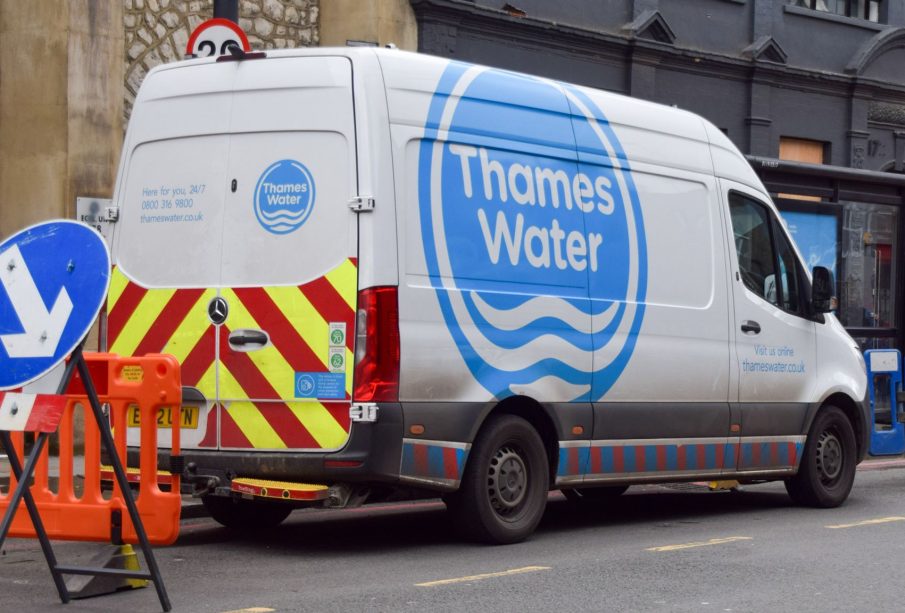Thames Water Faces Challenges Amidst Growing Demand

Introduction
Thames Water, the largest water supplier in the UK, is facing significant challenges as demand for water continues to rise while environmental conditions worsen. With over 15 million customers, the efficiency and reliability of Thames Water’s services are crucial for both the economy and the well-being of residents. Recent events have highlighted the urgency for solutions to address ongoing infrastructure issues and climate pressures.
Current Challenges
In recent months, Thames Water has come under scrutiny due to reports of inadequate water supply in several regions, particularly during periods of extreme heat and drought. Notably, a summer heatwave in July 2023 saw demand surge, leading to temporary shortages in some households. These incidents coincided with a notable increase in water leakage rates across the network, which stands at approximately 20%. This has raised alarms regarding the efficiency of existing infrastructure.
Moreover, heavy rainfall in the autumn of 2022 resulted in sewer overflows, prompting public outcry and regulatory scrutiny. The Environment Agency has demanded improvements to both wastewater treatment processes and stormwater management strategies.
Investment and Future Directions
In response to these pressing issues, Thames Water has announced a £1.6 billion investment plan aimed at enhancing infrastructure resilience and reducing leakage rates. This plan includes the installation of advanced monitoring technology and the replacement of aging pipes. The phased approach is expected to be implemented over the next five years, with a focus on areas most affected by supply shortages.
Additionally, the company is integrating smarter data management systems to better predict water demand and manage resources more effectively. Innovative approaches such as rainwater harvesting and increased community engagement in water-saving practices are also being explored to promote sustainability.
Conclusion
As Thames Water navigates these challenges, its efforts to modernise infrastructure and adapt to climate changes are vital for securing a reliable water supply for the future. Residents can expect improvements in service as these initiatives progress, though the path will require diligent monitoring and collaboration with regulatory bodies. With its substantial investment and community-focus, Thames Water is not just aiming to meet current demands but to ensure a sustainable water future for all the areas it serves.









